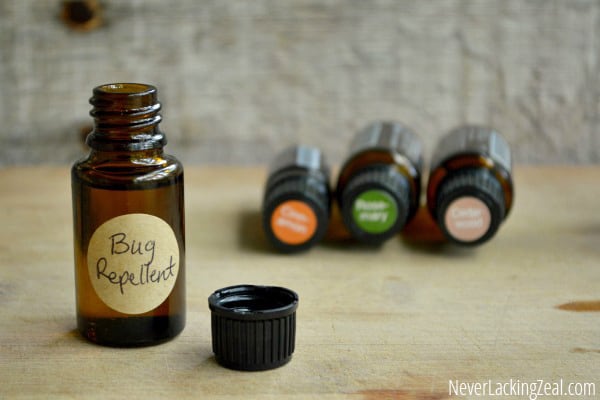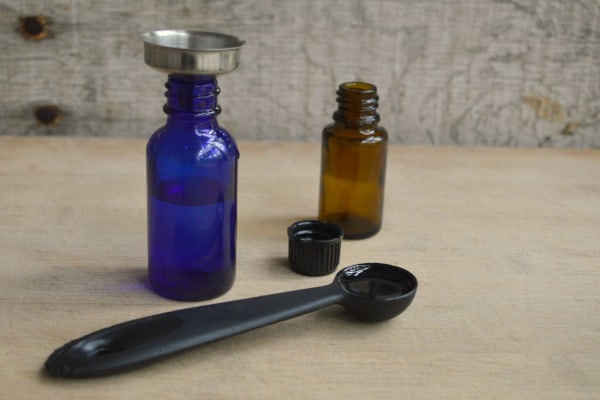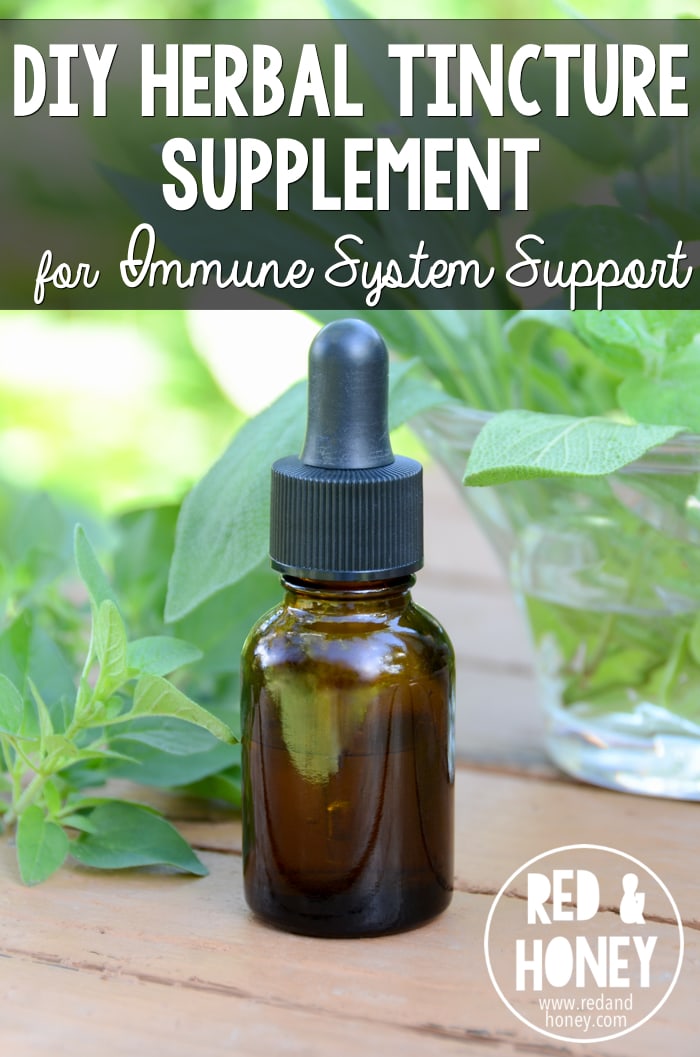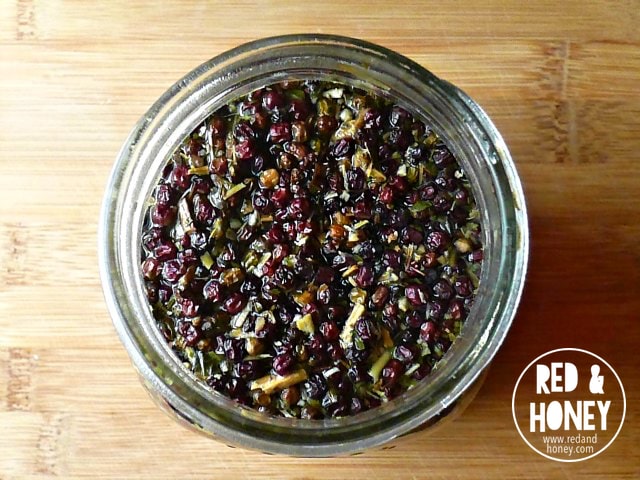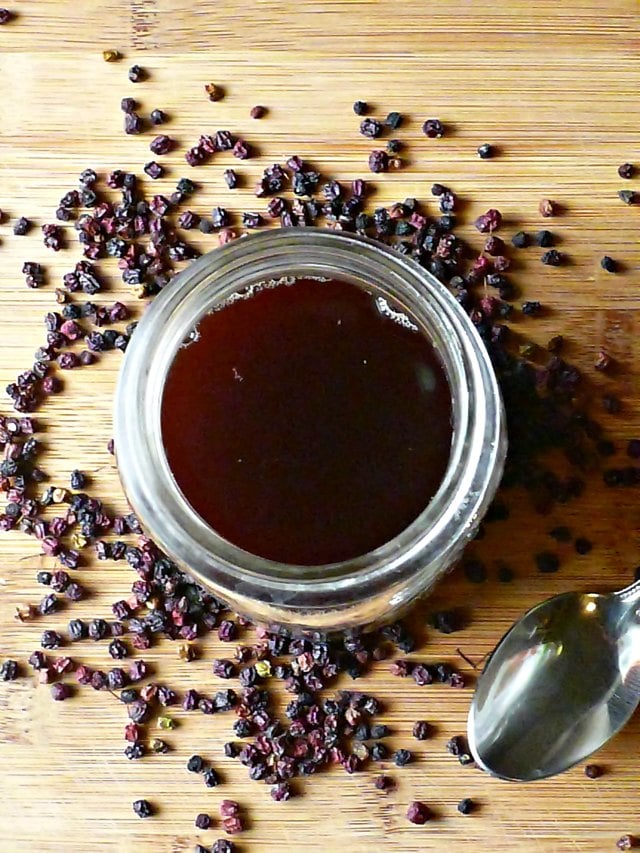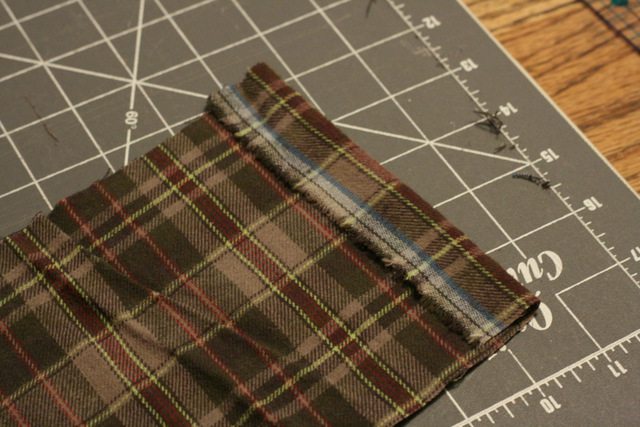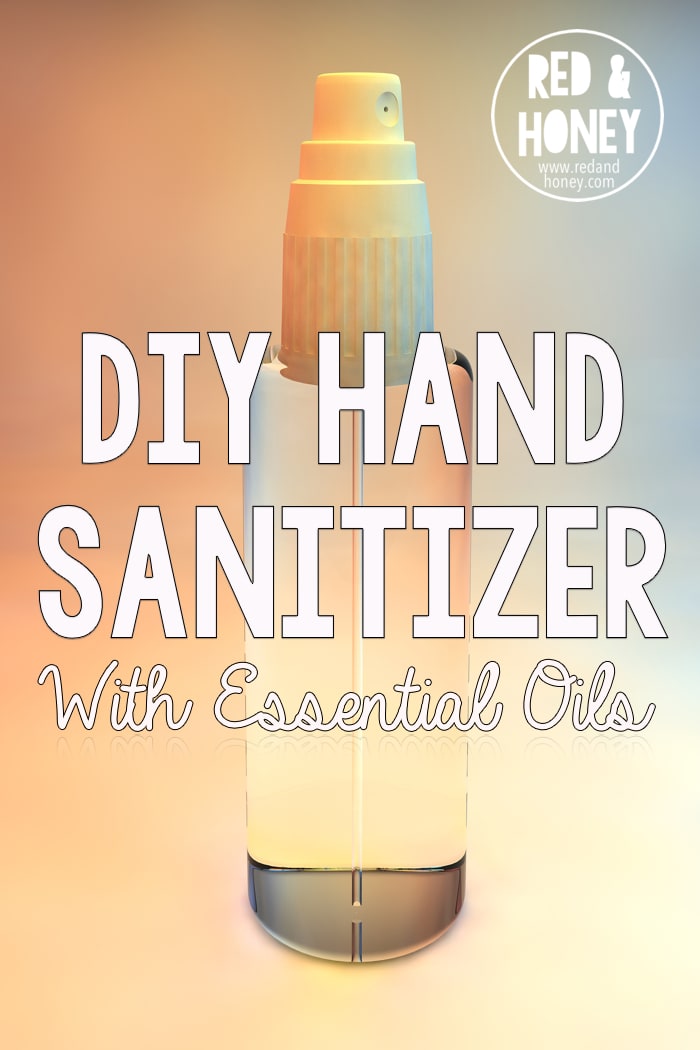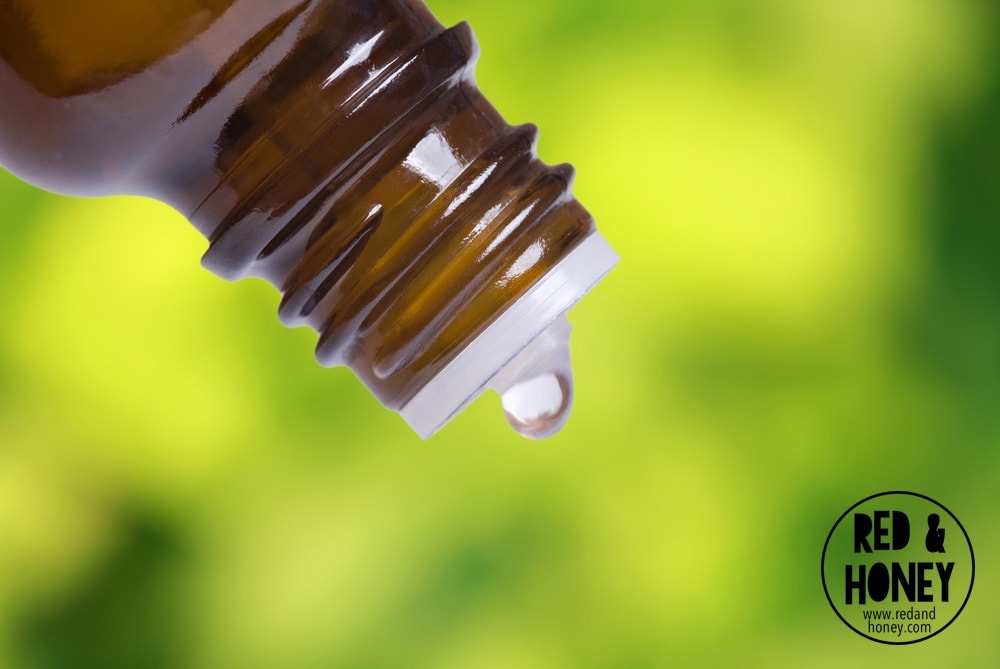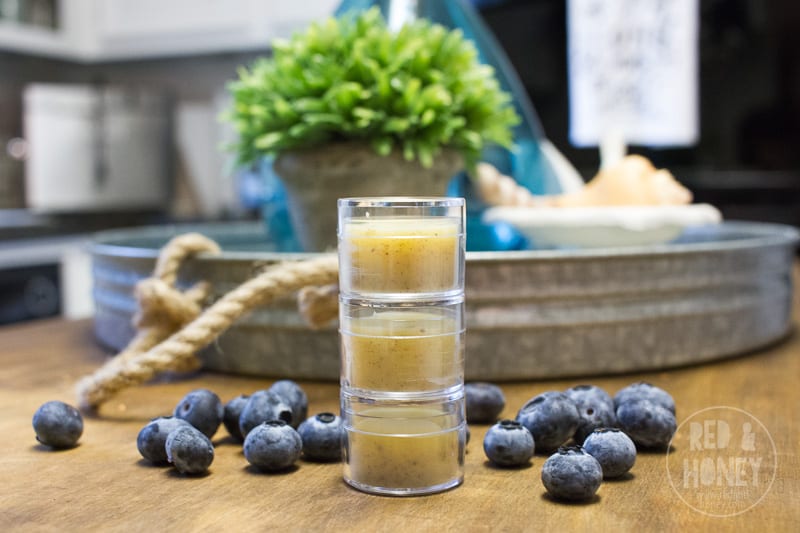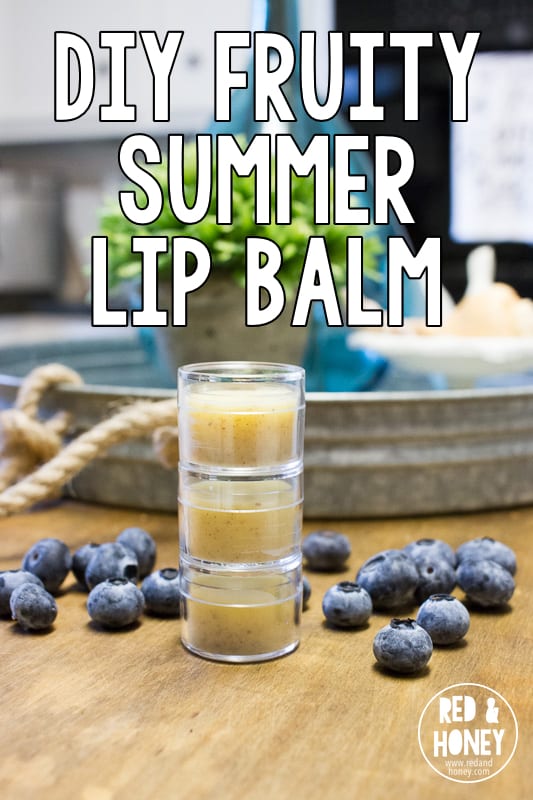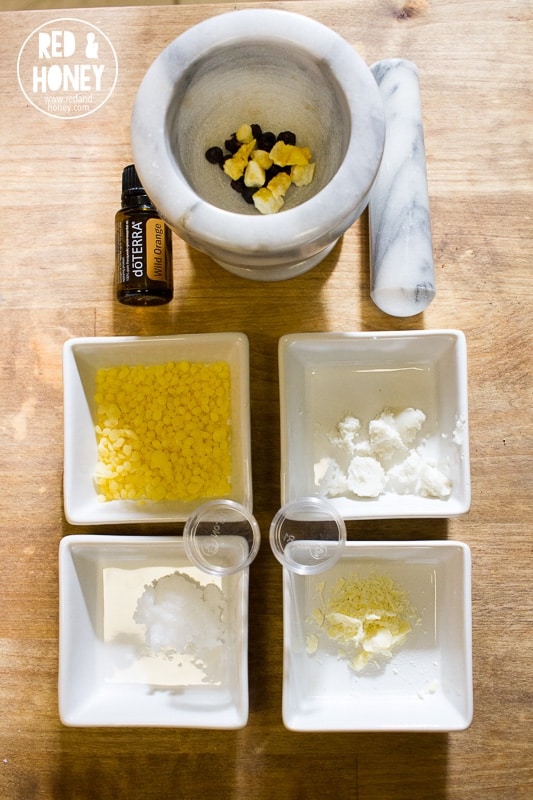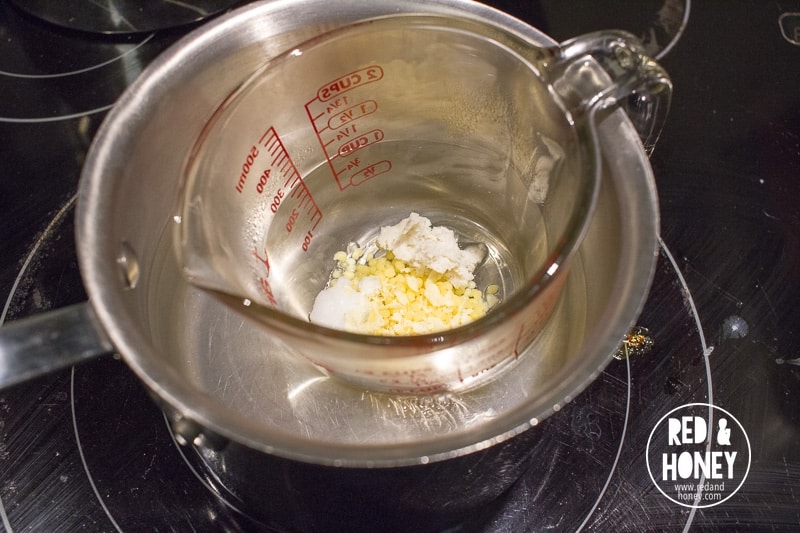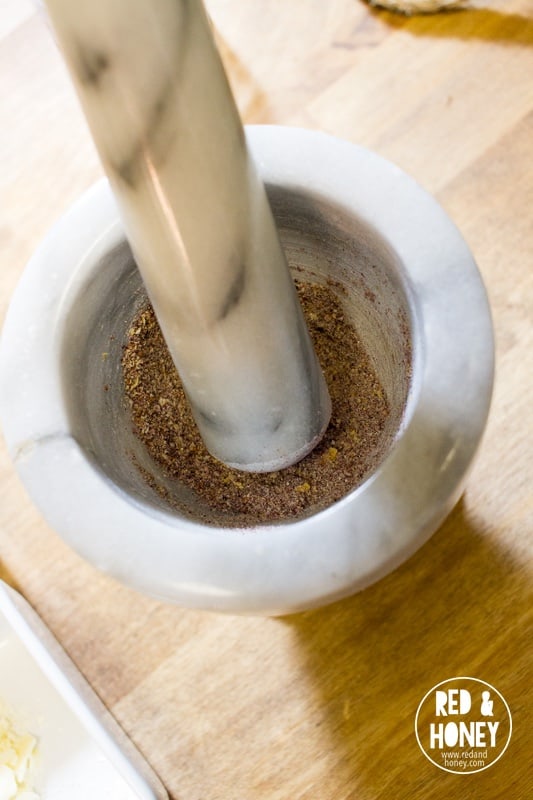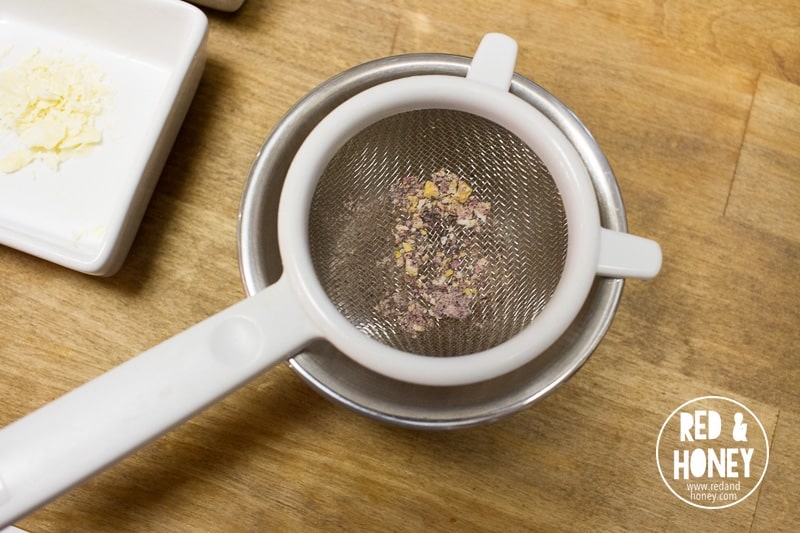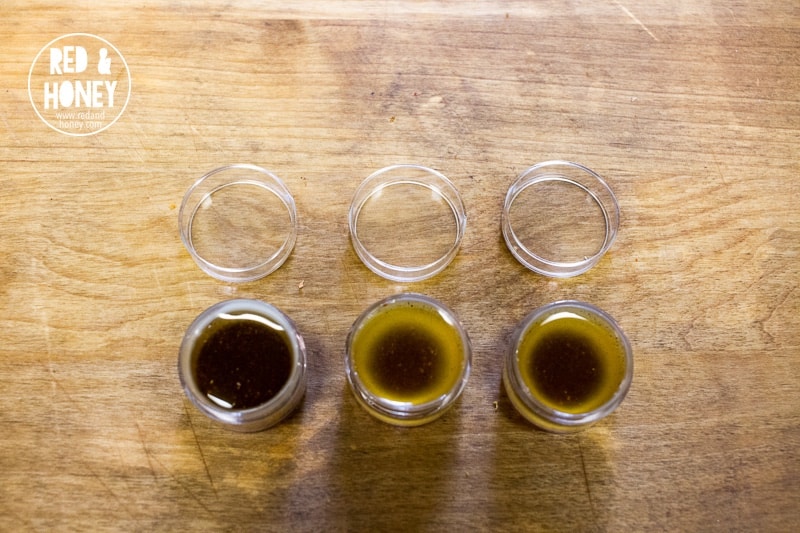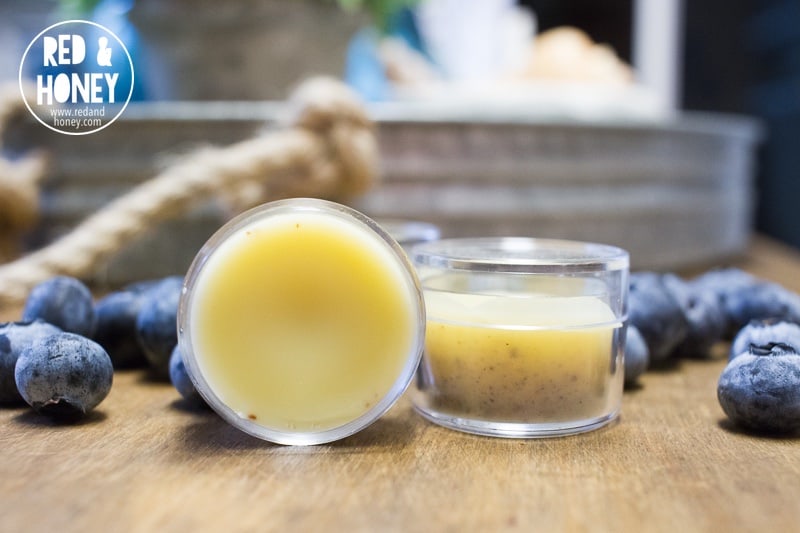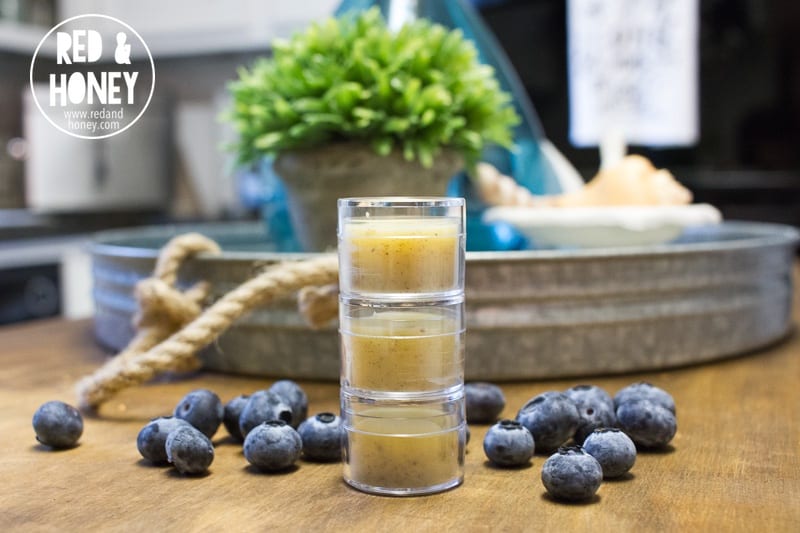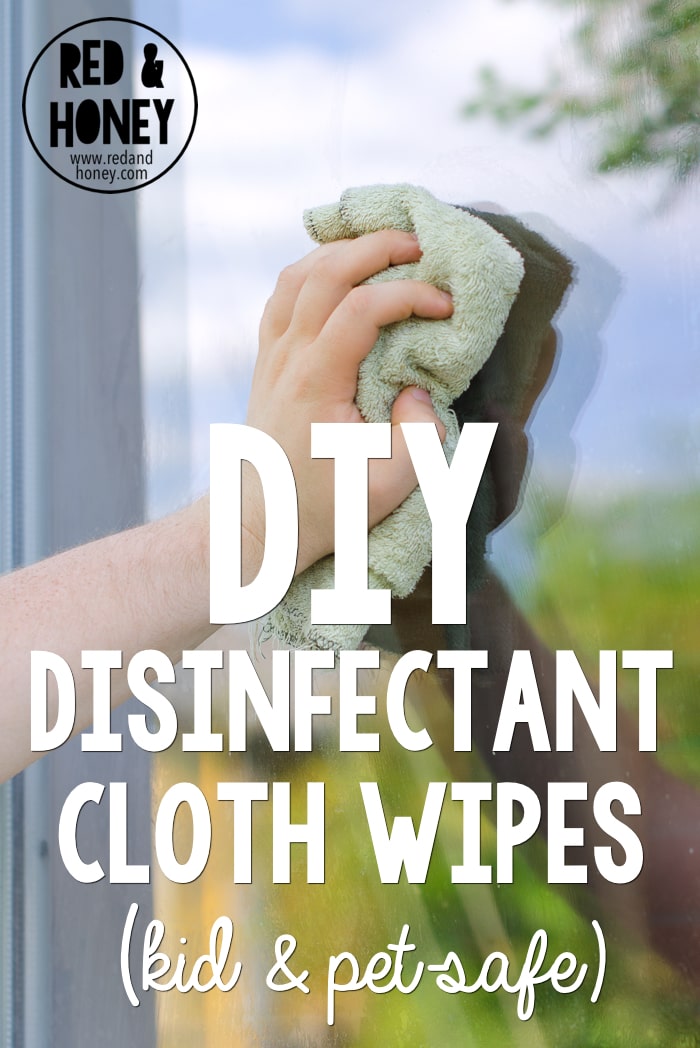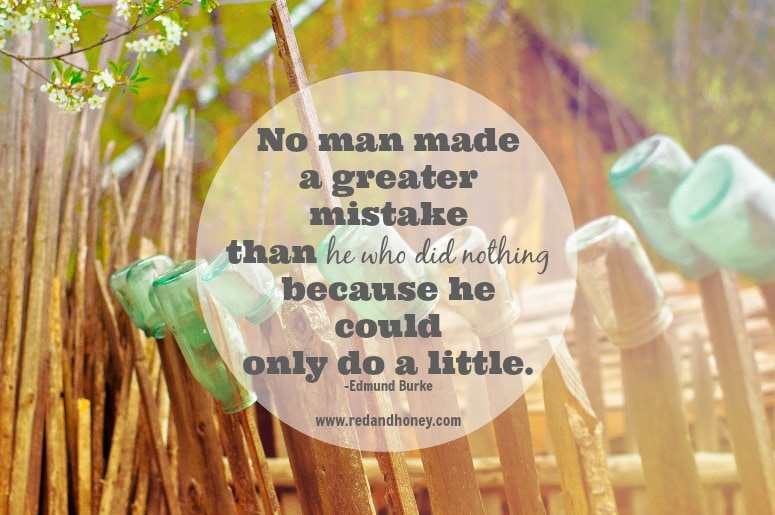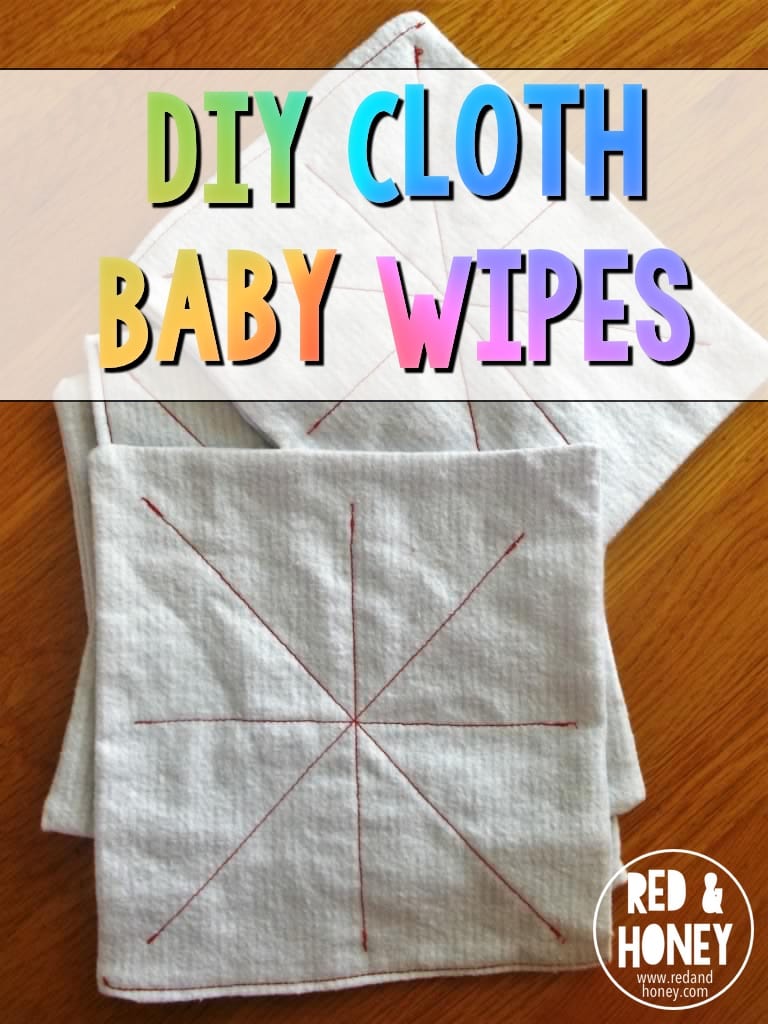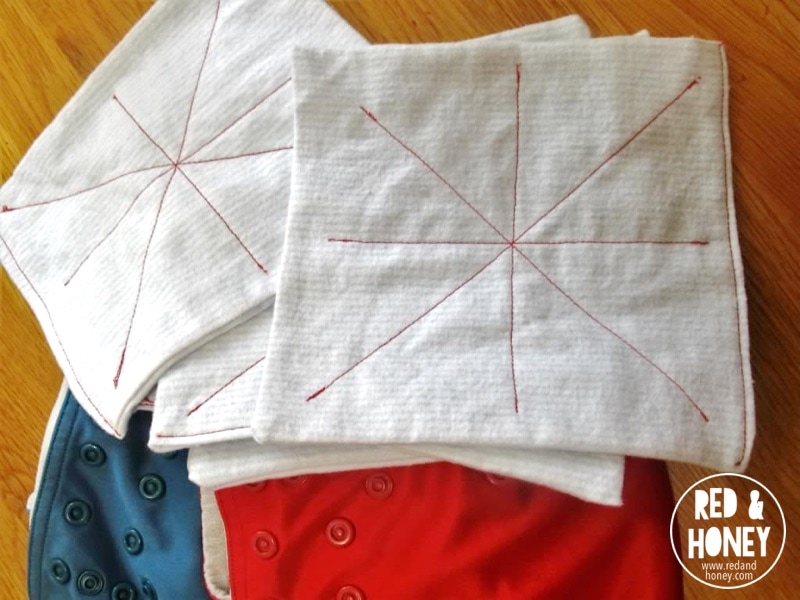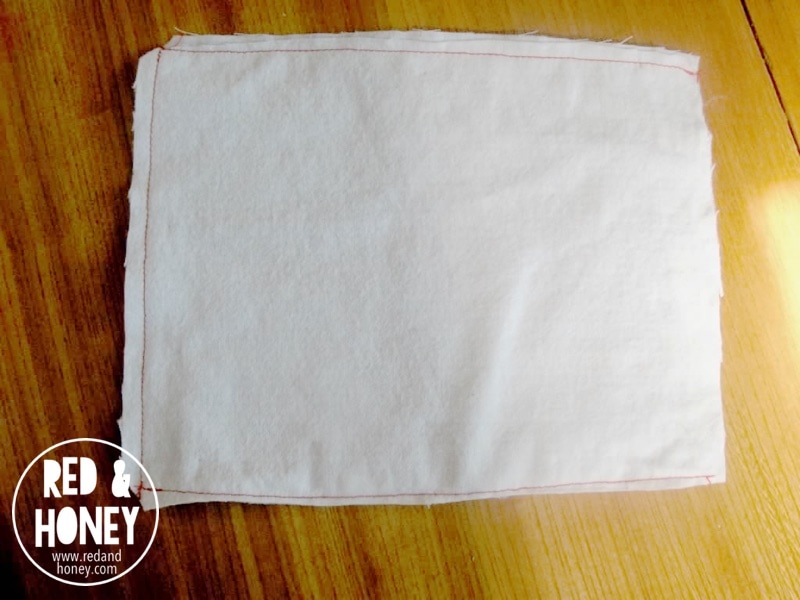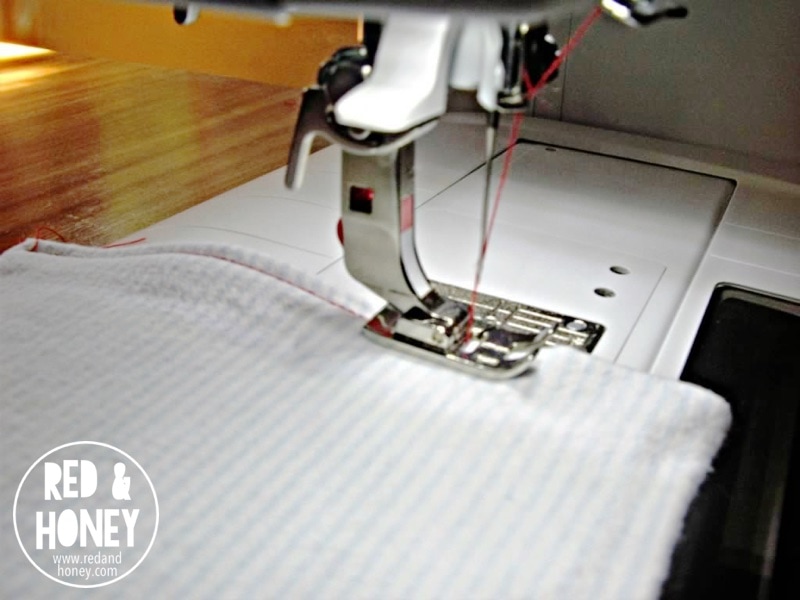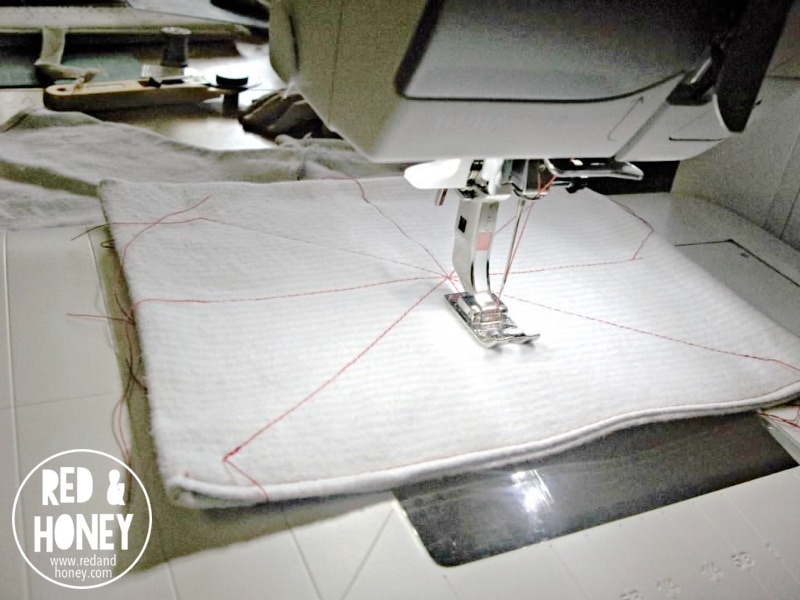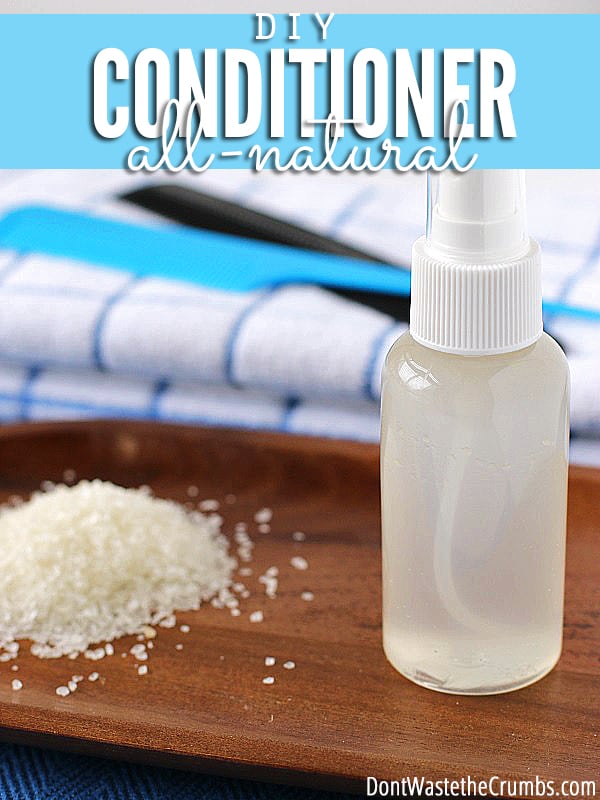
One of my goals for this year is to figure out a better hair care routine for both myself and my daughter…
But it seems like a vicious cycle!
You shampoo, you condition… something in the conditioner makes you have to shampoo again so the cycle starts all over.
After some research, I figured out that using conditioner isn’t THE reason why we have to continuously shampoo our hair, but I do know that using commercial conditioner certainly doesn’t help the cause.
So as I’ve been experimenting with various natural shampoo methods, every day has allowed me to experiment with various natural conditioning methods too.
And I think we’ve found a winner!
Before I jump in to the recipe, it helped me to to understand the purpose behind a conditioner in the first place, so I’m sharing that with you. Knowing this also helps to decide which avenue to take with your own homemade conditioner.
How Conditioner Works
First, do you remember those old Pantene commercials?
You know, the one that showed you what “normal” hair looked like under a microscope (a stick with tiny little sticks, coming straight off the sides) and then a side-by-side to what hair looked like with Pantene conditioner (a smooth, straight stick without any other sticks coming off of it)?
For those who don’t remember the Pantene commercials, imagine two trees, each with bark. On one tree, the bark sticks up and out from the tree. That’s shampooed hair.
On the other tree, the bark lies flat. So flat that you can barely tell there’s even bark. That’s conditioned hair.
The purpose behind conditioner is to close the cuticles (bark) of the strand of hair (tree), making the cuticles lie down close to the strand and in turn create smooth, supple and manageable hair.
All-Natural Conditioner Options
Commercial conditioners rely on all sorts of weird and unnatural ingredients to do this, but fortunately, you can achieve soft, pretty hair naturally with a few items that you likely already have in your kitchen:
- Acids. Specifically, apple cider vinegar, lemon juice or whey.
- Oils. Nourishing oils like olive, coconut, vitamin E and jojoba are the most common.
- Cold Water.

How Do I Know Which All-Natural Homemade Conditional is Best for Me?
I’ve broken this potentially complicated question into three simple questions. Your answers to these questions determines which conditioner is best for you.
- What do you have on hand?
- What can you afford?
- What’s easiest for you?
Super technical, right?
There is no one-size fits all recipe for homemade conditioner that will really truly fit 100% of everyone, so it boils down to having to test out a few options to see which works best for you. And if the above mentioned oils, herbs and seeds all do the same thing, then it just seems logical to start with what you already have, right?
But if by chance you experiment and don’t get the results you’re wanting, determine what you can afford. 4 oz of marshmallow root costs $5.50 while I can buy the same amount of flax seed at Costco for 22¢.
Plus I can put flax seed in my oatmeal.
Lastly, and what I consider most important, what’s easiest for you? It does no good to add a homemade conditioner to your routine if it’s difficult to make. We want this natural living baby step to be effective yes, but it needs to be easy in terms of practicality.

Methods We Tried and Failed
I first found a super cool recipe for turning flax seed into a homemade conditioner. Essentially you combine ground flax seed with water, let it sit, strain the resulting gel and then dilute the gel with water to make conditioner.
Except I couldn’t strain the gel for the life of me! I tried this twice, stirred for what seemed like forever on both attempts, and not a single drop of gel came through my fine mesh sieve.
Super cool recipe fail.
With flax seed out of the picture, I tried subbing chia seeds instead. I KNOW those things gel up like crazy, so why not, right?
Wrong.
I couldn’t get the gel to strain from the chia seeds either, and I tried this twice too.
With Mr. Crumbs staring at me in the kitchen, hovering over a pot claiming to make homemade conditioner and yet NOTHING to show for my efforts except a bunch of gelled up chia and flax in my sink, I started to wonder why I was trying to reinvent the wheel…
So I went back to the cupboard, and pulled out what I needed to start testing for myself the most popular homemade conditioner.
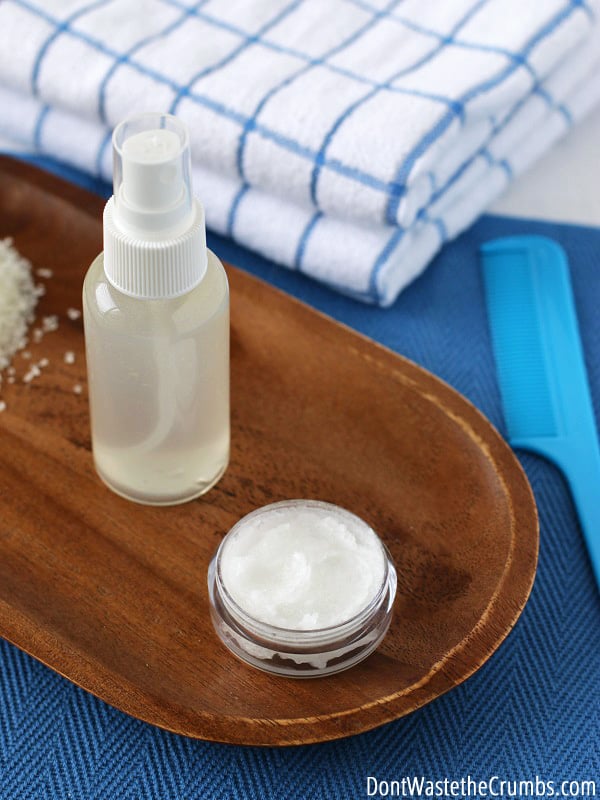
Methods We Tried and Worked
Diluted apple cider vinegar is by far the most popular conditioning rinse, but apple cider vinegar isn’t the only acid you can use. Lemon juice has a slightly higher pH but works just as well, and some of you readers out there shared that you use homemade whey to conditioner your hair.
Go you!
To keep the playing field fair, I broadened the testers to include both myself (short hair, above the shoulder) AND my daughter (long hair, down to the small of her back)… whom the latter is prone to extreme tangles and random shouts of “OUCH!” during the combing process.
We went out on a limb and tried all three, and even a few combinations of them together. To start, we tried pouring it on in the shower and leaving it on, as well as pouring it on and rinsing it off.
We also tried spraying it on and leaving it in post-shower.
Of all the rinses we tried, diluted apple cider vinegar worked the best when we poured it on and rinsed it out. It worked well on my own hair, and surprisingly very well on my daughter’s hair too!
Yes, the big long mop that sometimes misses a brushing and is often found in the swimming pool was a tamed beast with this homemade version.
Minor tangles, no tears and beautiful hair. I can handle that.
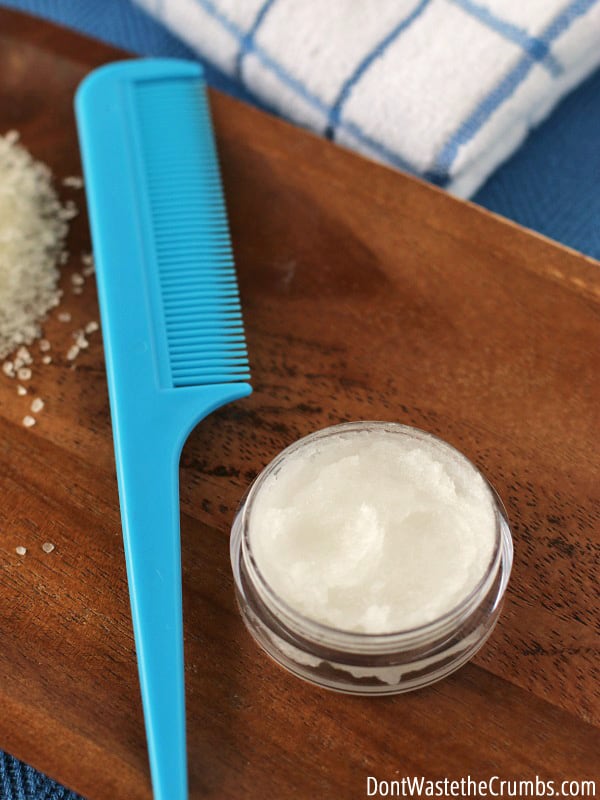
Our Current Conditioning Method
The only downside to using diluted apple cider vinegar as a homemade conditioner is that it can cause the hair to feel dry. We’ve since reduced how often we use the rinse to every other day in the shower, and using it as a spray-in conditioner on an as-needed basis.
To combat the “excessive” dryness (that really isn’t that excessive), I rub less than a pea-sized amount of coconut oil in just the ends of my hair. This is fairly difficult to do, since my hair is short in the first place, but I imagine all is well (i.e. don’t look like a grease ball) so long as I avoid the hair line.
Here’s my daily routine:
- shampoo
- apply homemade conditioner
- rinse with cold water (doing my best to get just my hair, and not my body!)
- applying coconut oil to the ends once every 7-10 days
We do the same routine with my daughter, except that she doesn’t shower every day and we usually use the full rinse every time.
You can get a FREE jar of coconut oil at Thrive Market through this link! Get a free 15 oz jar of coconut oil AND a 30-day free trial to Thrive Market when you spend $29 or more (free shipping on orders $49+).
DIY Homemade Conditioner
Supplies
- 2 Tbsp apple cider vinegar (how to make it at home)
- scant 16 oz water
Method
Combine the ingredients in a 16 oz glass jar and shake well to combine. To apply, shake well and pour directly on the hair. Rinsing is optional.
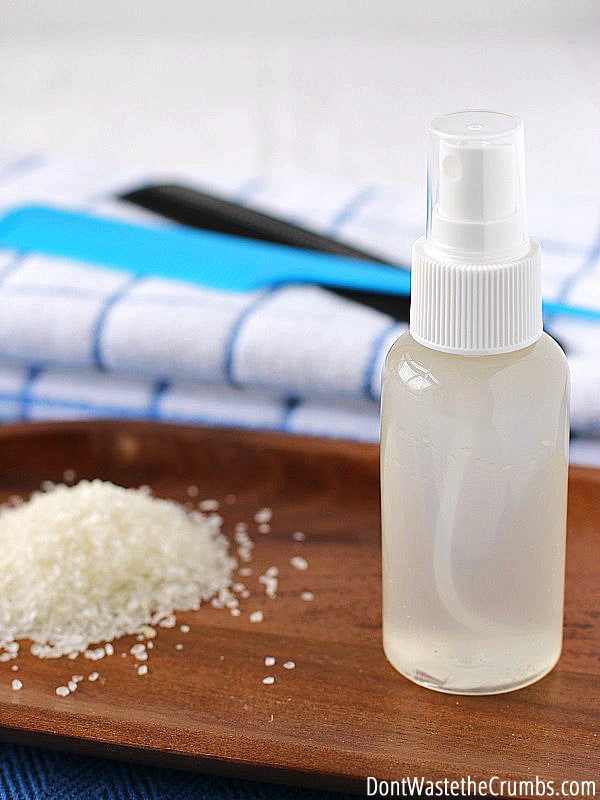
Additional Recipe Notes
This recipe is what works for us, right now. You might need less or more acid depending on your hair type.
Some people don’t rinse out the conditioner, but I’ve found that this reduces the chance of my hair feeling straw-like when it’s dry.
Turn this simple conditioner into a nourishing conditioner by infusing the water with herbs. Simply use the herb infusion technique described in this post and swap it in place of the plain water in this recipe.
Since keeping a whole jar of conditioner in the shower isn’t ideal with a long-haired 5 year old nearby, I keep the jar under the sink and keep a small plastic travel-sized bottle in the shower, refilling it as needed.
Cost Breakdown
- lemon juice: $0.02 (per Tbsp)
- apple cider vinegar: free (we make our own from apple cores and peels)
- water: free
Total cost of DIY Homemade Condition is 2¢ per cup. One cup lasts about a week, so your total cost for one month is 9¢.
Wow! I had NO idea we could save so much in conditioner alone!
Other Natural Hair Care Posts You Might Enjoy:
Where are you in your natural hair care routine? Does anyone make their own conditioner? What do you use?
Some Other Posts You Might Like:
Original article and pictures take dontwastethecrumbs.com site




